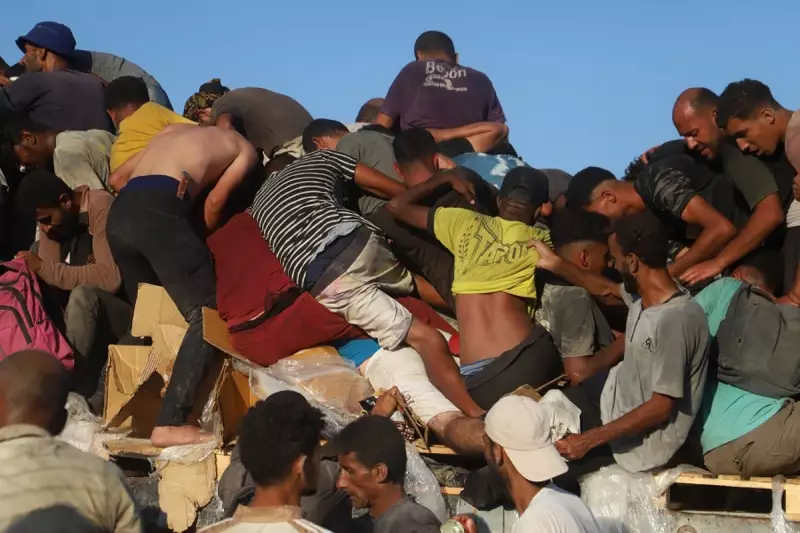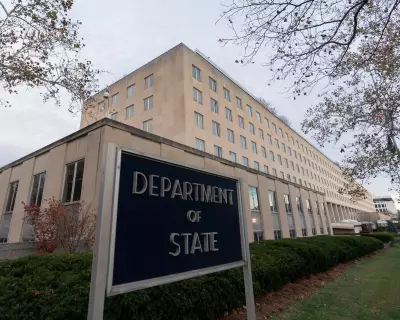
In the shattered landscape of Gaza, the rhythm of daily life has become a desperate dance between survival and destruction. The air hangs heavy with the dust of collapsed buildings and the ever-present threat of violence, creating what locals describe as an endless nightmare with no waking moment.
The Daily Grind of Survival
Each morning begins not with sunrise, but with the grim assessment of overnight damage. Families emerge from shelters to check if their homes still stand, if neighbours have survived, if the narrow streets they once called home remain passable. The simple act of finding food has become a life-threatening mission.
Breadlines stretch for blocks, with Palestinians queueing for hours for what many consider a luxury – a simple loaf of bread. "We queue not knowing if we'll return home," one elderly man explains, his eyes fixed on the distance where explosions periodically echo.
Living Under the Shadow of Conflict
The infrastructure that once supported normal life lies in ruins. Hospitals operate with limited power and dwindling medical supplies, schools have become shelters for the displaced, and the sound of children playing has been replaced by the wail of sirens and the crunch of rubble underfoot.
One resident described the psychological toll: "We've become experts in reading the sounds – which explosion is near, which is far, which building might be hit next. This is not living; this is waiting for death while pretending to live."
A Generation Shaped by War
Perhaps most heartbreaking is the impact on Gaza's children. An entire generation has known nothing but conflict, their childhood memories punctuated by loss and fear. Education happens in fits and starts between bombardments, with many children showing signs of severe trauma.
Teachers report students who can distinguish between different types of explosives by sound but struggle with basic arithmetic. Playgrounds stand empty, replaced by makeshift shelters where children draw pictures of the destruction they witness daily.
The Human Cost Beyond the Headlines
Behind the statistics of casualties and destroyed buildings lie countless untold stories of resilience and despair. Elderly couples who have survived multiple conflicts wonder if this will be their last, young professionals see their futures evaporate with each new escalation, and medical workers operate in conditions that would be unthinkable anywhere else.
The economic devastation has been complete, with unemployment rates soaring and what little industry existed now reduced to rubble. Fishermen risk Israeli naval fire to feed their families, farmers work fields within sight of military positions, and the once-bustling markets now trade primarily in essentials and desperation.
A Crisis With No End in Sight
As diplomatic efforts falter and the international community watches from afar, Gaza's civilians continue their daily struggle. The conflict has become so normalized that many have developed what local psychologists call "catastrophe fatigue" – the numbing effect of endless crisis.
Yet amid the destruction, glimmers of humanity persist. Neighbours share what little they have, communities organize despite the danger, and the determination to maintain dignity in the face of overwhelming odds remains unbroken. As one Gaza City resident put it: "We have learned to find life in the spaces between the bullets."
What remains uncertain is how long these spaces can sustain a population living under what many describe as a perpetual state of war, where the basic human needs of safety, sustenance and hope have become the hardest commodities to find.





